Electric Circuits Worksheets 5th Grade
Electric circuits worksheets are an excellent resource for 5th-grade students to develop their understanding of electrical circuits. These worksheets provide a variety of exercises and activities that focus on the essential concepts related to circuits, including identifying different components, understanding how they function, and applying this knowledge to solve practical problems. With carefully designed questions and engaging activities, these worksheets offer a valuable tool for students to enhance their understanding of electric circuits.
Table of Images 👆
More 5th Grade Worksheets
5th Grade Math Worksheets PrintableMultiplication Worksheets for 5th Grade
Constitution Worksheets for 5th Grade
Coordinates Worksheets 5th Grade
United States Worksheets 5th Grade
Free Division Worksheets for 5th Grade
Poetry Terms 5th Grade Worksheets
5th Grade Social Studies Printable Worksheets
What is an electric circuit?
An electric circuit is a closed loop through which electricity can flow. It typically consists of components such as wires, resistors, capacitors, inductors, and power sources that work together to allow the movement of electrical charge. When a voltage source is connected to a circuit, the flow of electrons creates a current that powers devices and performs various electrical functions.
What is the purpose of a switch in an electric circuit?
The purpose of a switch in an electric circuit is to control the flow of electricity by opening or closing the circuit. When a switch is turned on, it allows electricity to flow through the circuit, powering the connected devices or components. Conversely, when the switch is turned off, it interrupts the flow of electricity, effectively shutting off power to the devices. This functionality makes switches essential for controlling the operation of various electrical appliances, lights, and other devices.
What is a conductor and give an example?
A conductor is a material or device that allows electricity to flow through it with little resistance. An example of a conductor is copper, which is commonly used in electrical wiring due to its high conductivity.
What is an insulator and give an example?
An insulator is a material that does not conduct electricity or heat well. It has high electrical resistance, preventing the flow of electrical current. An example of an insulator is rubber, which is commonly used in electrical wires to safeguard against electric shocks and short circuits.
What is the role of a battery in an electric circuit?
The role of a battery in an electric circuit is to provide the necessary energy or voltage to push electrons through the circuit, thereby creating a flow of electric current. The battery acts as a source of power, converting chemical energy into electrical energy and serving as the driving force for the movement of charge within the circuit.
How does a light bulb work in an electric circuit?
When a light bulb is connected to an electric circuit, electricity flows through the circuit and enters the light bulb's filament. The filament, which is made of a material such as tungsten, resists the flow of electricity and heats up, causing it to glow and produce light. The electrical energy is converted into light and heat energy, providing illumination in the surroundings where the light bulb is installed.
What happens if a wire in an electric circuit is broken?
If a wire in an electric circuit is broken, the flow of electric current will be interrupted, and the circuit will be incomplete. As a result, any devices or components connected to the circuit will not receive the necessary electricity and will not function properly. The broken wire must be repaired or replaced to restore the circuit's functionality.
What is the difference between a parallel circuit and a series circuit?
In a series circuit, the components are connected in a single path so that the current flows through each component in succession. In contrast, a parallel circuit has multiple paths for the current to flow through, with each component connected across the same voltage source. Therefore, in a parallel circuit, if one component fails or is removed, the others will continue to function, while in a series circuit, the failure of one component interrupts the whole circuit.
How can you increase the brightness of a light bulb in a circuit?
You can increase the brightness of a light bulb in a circuit by either increasing the voltage supplied to the bulb or by using a light bulb with a higher wattage rating. Increasing the voltage will result in more current flowing through the bulb, causing it to emit more light. However, it is important to ensure that the voltage does not exceed the bulb's maximum rating to prevent damage. Alternatively, using a higher wattage bulb will also produce more light, but again, it is crucial to check that the circuit can handle the increased power consumption.
What safety precautions should be taken when working with electric circuits?
When working with electric circuits, it is crucial to follow safety precautions to prevent accidents. Always turn off the power source before working on a circuit, use insulated tools, wear rubber gloves and safety goggles, and never work on circuits with wet hands or in damp conditions. Make sure to double-check connections and insulate exposed wires properly to prevent shocks or fires. Additionally, be cautious around high-voltage circuits and seek professional help if unsure about any aspect of the work.
Have something to share?
Who is Worksheeto?
At Worksheeto, we are committed to delivering an extensive and varied portfolio of superior quality worksheets, designed to address the educational demands of students, educators, and parents.

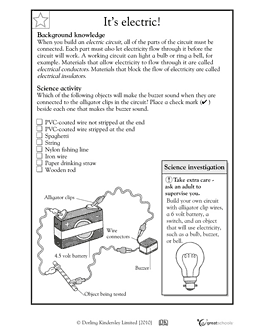



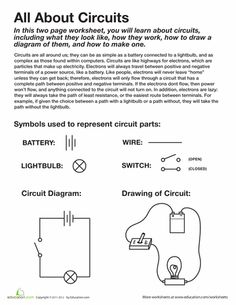
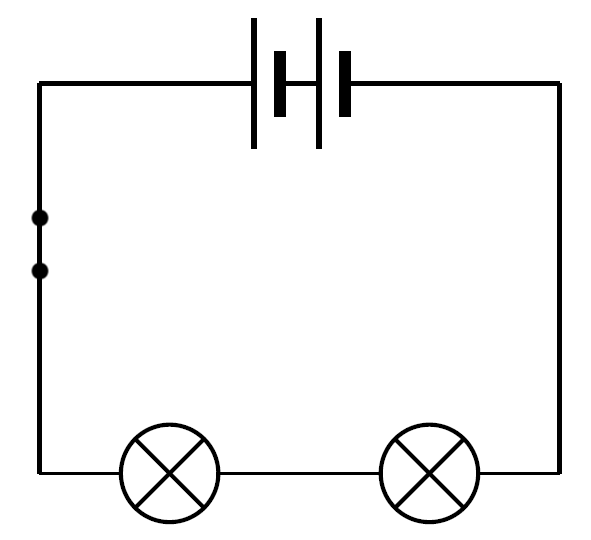

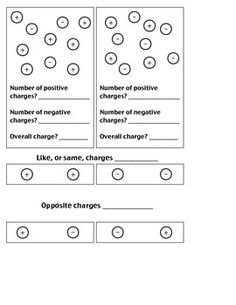
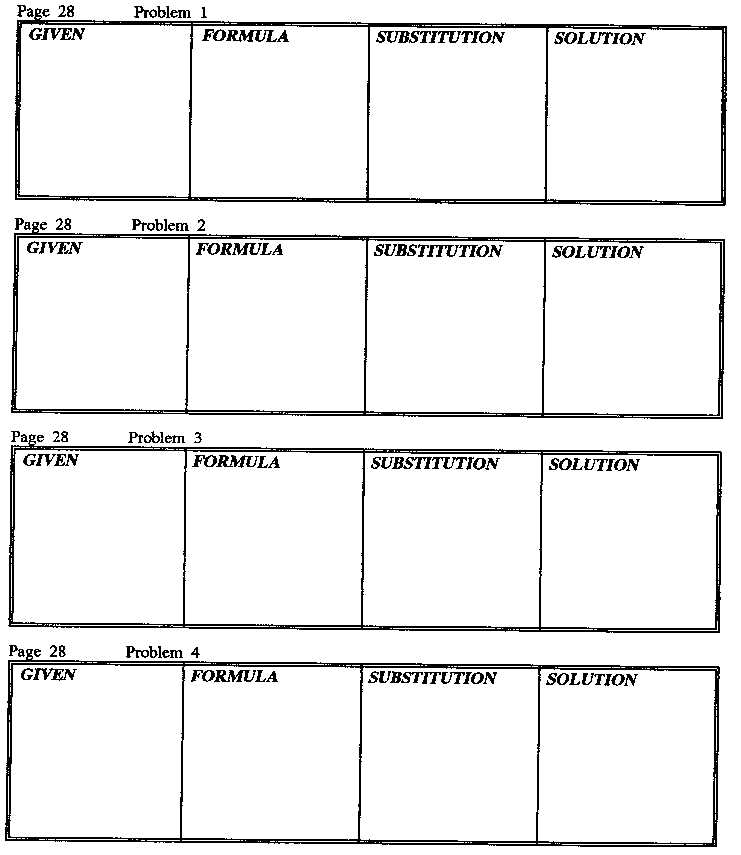
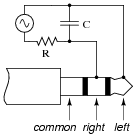
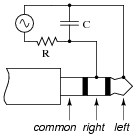
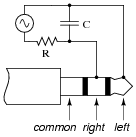
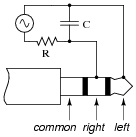
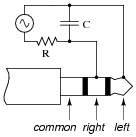

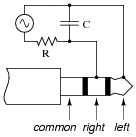
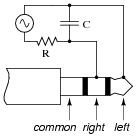
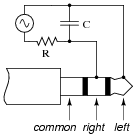
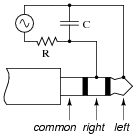















Comments